Concerto in E Major
for Trumpet in E and Piano, S.49
-
Ships in 2 to 3 weeks
Details
Description
SKU: CF.W2682
For Trumpet in E and Piano, S.49. Composed by Johann Hummel. Edited by Elisa Koehler. Set of Score and Parts. With Standard notation. 36+8 pages. Carl Fischer Music #W2682. Published by Carl Fischer Music (CF.W2682).ISBN 9781491144954. UPC: 680160902453. 9 x 12 inches. Key: E major.
Edited by Elisa Koehler, Associate Professor and Chair of the Music Department at Goucher College, this new edition of Johann Nepomuk Hummel's Concerto in E Major for trumpet in E and piano presented in its original key.
The concerto by Johann Nepomuk Hummel (1778–1837)holds a unique place in the trumpet repertoire. Like theconcerto by Joseph Haydn (1732–1809) it was written forthe Austrian trumpeter Anton Weidinger (1766–1852) andhis newly invented keyed trumpet, performed a few timesby Weidinger, and then forgotten for more than 150 yearsuntil it was revived in the twentieth century. But unlikeHaydn’s concerto in Eb major, Hummel’s Concerto a Trombaprincipale (1803) was written in the key of E major for atrumpet pitched in E, not E≤. This difference of key proved tobe quite a conundrum for trumpeters and music publishersin the twentieth century. The first modern edition, publishedby Fritz Stein in 1957, transposed the concerto down onehalf step into the key of E≤ to make it more playable on atrumpet in Bb, which had become the standard instrumentfor trumpeters by the middle of the twentieth century.Armando Ghitalla made the first recording of the Hummel in1964 in the original key of E (on a C-trumpet) after editinga performing edition in 1959 in the transposed key of E≤ (forBb trumpet) published by Robert King Music. Needless tosay, the trumpet had changed dramatically in terms of design,manufacture, and cultural status between 1803 and 1957, andthe notion of classical solo repertoire for the modern trumpetwas still in its formative stages when the Hummel concertowas reborn.These factors conspired to create confusion regarding thenumerous interpretative challenges involved in performingthe Hummel concerto according to the composer’s originalintentions on modern trumpets. For those seeking the bestscholarly information, a facsimile of Hummel’s originalmanuscript score was published in 2011 with a separatevolume of analytical commentary by Edward H. Tarr,1 whoalso published the first modern edition of the concertoin the original key of E major (Universal Edition, 1972).This present edition—available in both keys: Eb and Emajor—strives to build a bridge between scholarship andperformance traditions in order to provide viable options forboth the purist and the practitioner.Following the revival of the Haydn trumpet concerto, acase could be made that some musicians were influencedby a type of normalcy bias that resulted in performancetraditions that attempted to make the Hummel morelike the Haydn by putting it in the same key, insertingunnecessary cadenzas, and adding trills where they mightnot belong.2 Issues concerning tempo and ornamentationposed additional challenges. As scholarship and performancepractice surrounding the concerto have become betterknown, trumpeters have increasingly sought to performthe concerto in the original key of E major—sometimes onkeyed trumpets—and to reconsider more recent performancetraditions in the transposed key of Eb.Regardless of the key, several factors need to be addressedwhen performing the Hummel concerto. The most notoriousof these is the interpretation of the wavy line (devoid of a “tr” indication), which appears in the second movement(mm. 4–5 and 47–49) and in the finale (mm. 218–221). InHummel’s manuscript score, the wavy line resembles a sinewave with wide, gentle curves, rather than the tight, buzzingappearance of a traditional trill line. Some have argued that itmay indicate intense vibrato or a fluttering tremolo betweenopen and closed fingerings on a keyed trumpet.3 In Hummel’s1828 piano treatise, he wrote that a wavy line without a “tr”sign indicates uneigentlichen Triller oder den getrillertenNoten [“improper” trills or the notes that are trilled], andrecommends that they be played as main note trills that arenot resolved [ohne Nachschlag].4 Hummel’s piano treatisewas published twenty-five years after he wrote the trumpetconcerto, and his advocacy for main note trills (rather thanupper note trills) was controversial at the time, so trumpetersshould consider all of the available options when formingtheir own interpretation of the wavy line.Unlike Haydn, Hummel did not include any fermatas wherecadenzas could be inserted in his trumpet concerto. The endof the first movement, in particular, includes something likean accompanied cadenza passage (mm. 273–298), a featureHummel also included at the end of the first movement ofhis Piano Concerto No. 5 in Ab Major, Op. 113 (1827). Thethird movement includes a quote (starting at m. 168) fromCherubini’s opera, Les Deux Journées (1802), that diverts therondo form into a coda replete with idiomatic fanfares andvirtuosic figuration.5 Again, no fermata appears to signal acadenza, but the obbligato gymnastics in the solo trumpetpart function like an accompanied cadenza.Other necessary considerations include tempo choicesand ornamentation. Hummel did not include metronomemarkings to quantify his desired tempi for the movements,but clues may be gleaned through the surface evidence(metric pulse, beat values, figuration) and from the stratifiedtempo table that Hummel included in his 1828 piano treatise,where the first movement’s “Allegro con spirito” is interpretedas faster than the “Allegro” (without a modifier) of the finale.6In the realm of ornamentation, Hummel includes severalturns and figures that are open to interpretation. This editionincludes Hummel’s original symbols (turns and figuration)along with suggested realizations to provide musicians withoptions for forming their own interpretation.Finally, trumpeters are encouraged to listen to Mozart pianoconcerti as an interpretive context for Hummel’s trumpetconcerto. Hummel was a noted piano virtuoso at the end ofthe Classical era, and he studied with Mozart in Vienna asa young boy. Hummel also composed his own cadenzas forsome of Mozart’s piano concerti, and the twenty-five-year-oldcomposer imitated Mozart’s orchestral gestures and melodicfiguration in the trumpet concerto (most notably in the secondmovement, which resembles the famous slow movement ofMozart’s Piano Concerto No. 21 in C Major, K. 467).
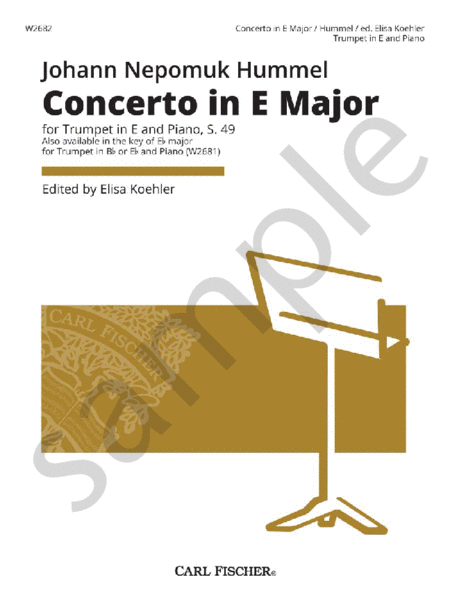
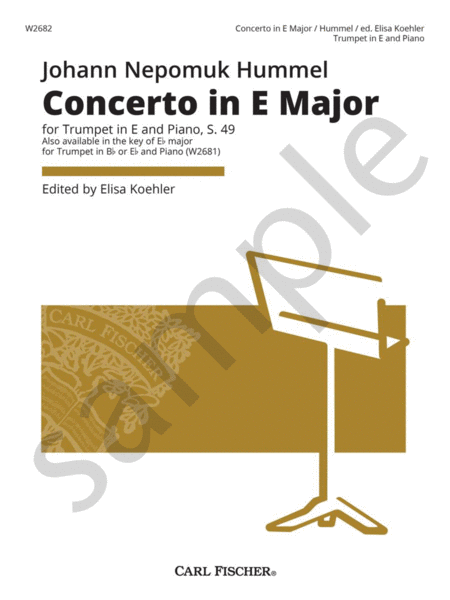
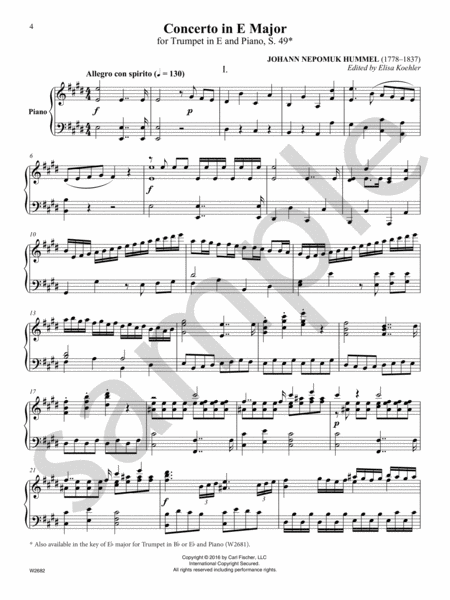
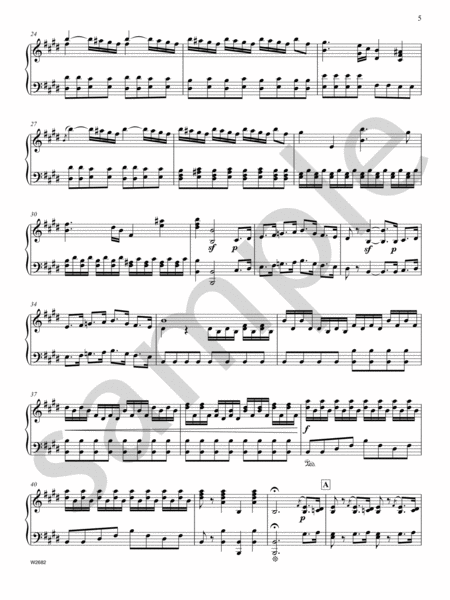
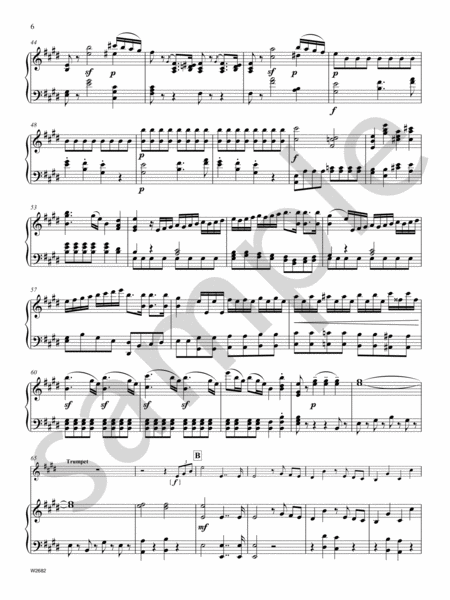
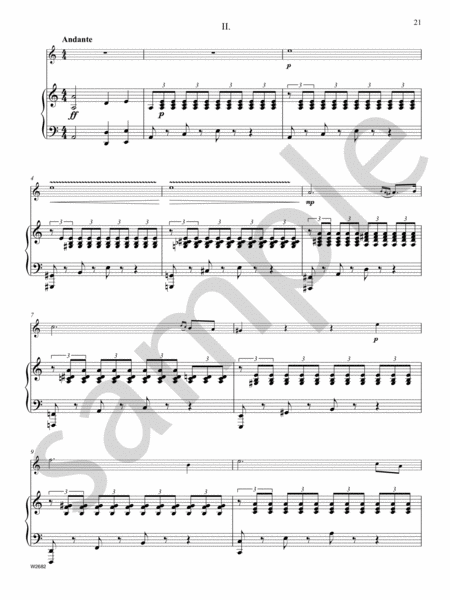
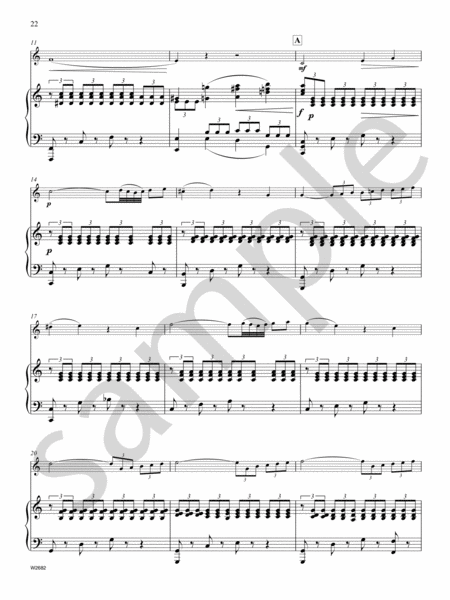
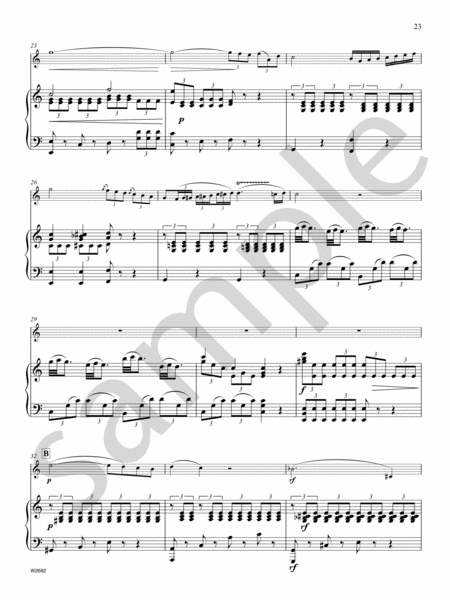
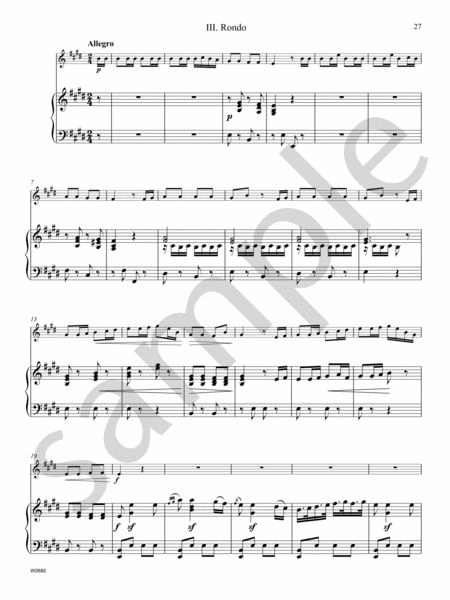
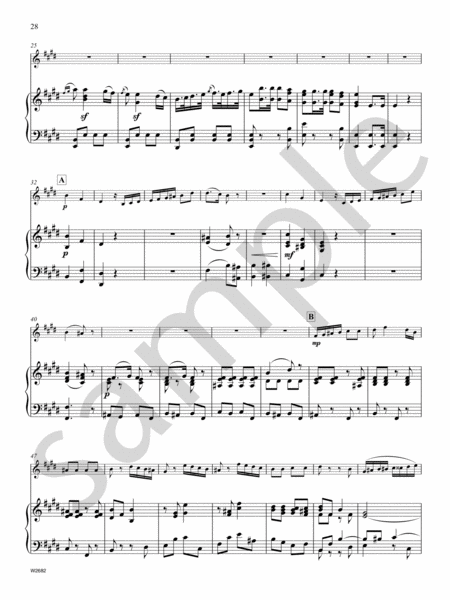
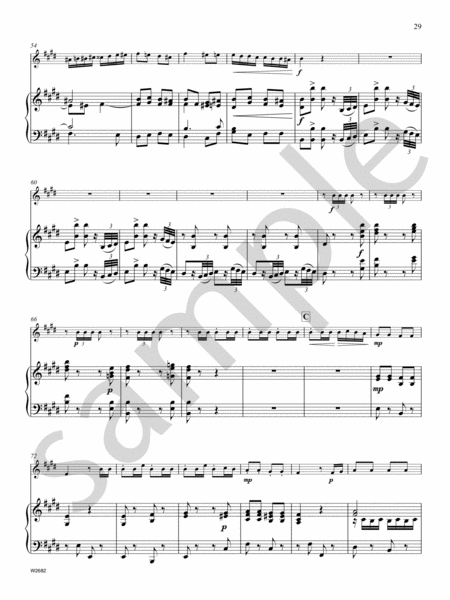
 Share
Share